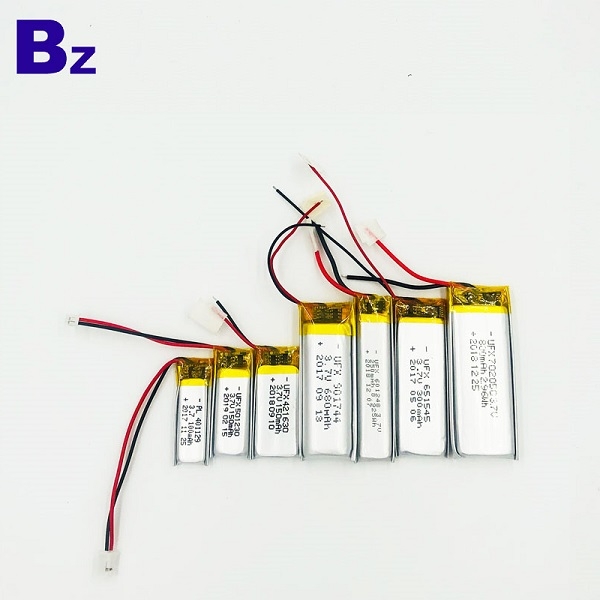Lithium-ion batteries are chemical batteries that use lithium as the negative electrode active material. The standard electrode potential of lithium is the most negative, the lightest in the metal, and the most reactive, so the lithium-ion battery has a high electromotive force and specific energy, which is an important high-energy battery.

The positive electrode active materials for lithium ion batteries include inorganic electrode materials such as oxides, sulfides, halides, halogens, and oxy acid salts, such as manganese dioxide, sulfur dioxide, copper sulfide, silver chromate, polyfluorocarbon, and thionyl chloride. , Iodine, etc.; electronic conductive polymers can also be used as cathode materials, such as polyacetylene, polypyrrole, polythiophene, polycarbazole, etc., also known as polymer batteries.
Lithium-ion batteries have non-aqueous solutions, solids, and molten salts. The non-aqueous electrolyte is composed of an organic solvent or a non-aqueous inorganic solvent and an inorganic salt. The organic solvents used include propylene carbonate, dimethyl propionamide, acetonitrile, and γ-butyrolactone. Liquid sulfur dioxide, etc. Inorganic salts include lithium perchlorate, lithium aluminum chloride, lithium fluoroborate, and lithium bromide. Because lithium reacts violently with water immediately, not only the electrolyte cannot be used as an aqueous solution, but also all materials and components must be strictly dehydrated and reliably sealed. Lithium-ion battery, as an energy storage device integrating high energy density and high voltage, has been widely used in mobile and wireless electronic equipment, power tools, hybrid power and electric vehicles.
The ternary polymer lithium ion battery refers to a lithium ion battery using lithium nickel cobalt cobalt manganese or lithium nickel cobalt aluminate as a positive electrode material. There are many types of positive electrode materials for lithium ion batteries. The important ones are lithium cobaltate and manganese Lithium, lithium nickelate, ternary materials, lithium iron phosphate, etc.
Among them, lithium iron phosphate has a long charge and discharge cycle life as a positive electrode material, but its disadvantages are that energy density, high and low temperature performance, and charge and discharge rate characteristics have large gaps, and high production costs. Lithium iron phosphate technology and applications Has encountered bottlenecks in development; lithium manganate ion batteries have low energy density, poor cycle stability and storage performance at high temperatures, so lithium manganate is only used as the international first-generation power lithium-ion cathode material; and multi-component materials have a comprehensive The dual advantages of performance and cost are increasingly concerned and recognized by the industry, gradually surpassing lithium iron phosphate and lithium manganate as the mainstream technology route. Ternary material cells replace the widely used lithium cobaltate cells and are widely used in the field of notebook batteries.



